Red Bull Racing, one of the most successful and dominant teams in Formula 1 history, has carved out a remarkable legacy since its inception in 2005. Known for their innovative approach, youthful energy, and a relentless drive to succeed, the team has transformed Formula 1 racing, becoming a force that has shaped the sport’s modern era. In this article, we delve into the history of Red Bull Racing, exploring its origins, challenges, triumphs, and what has made the team one of the most formidable in the sport.
Early Origins: The Rise of Red Bull in Formula 1
Red Bull Racing was born out of the vision of Dietrich Mateschitz, the co-founder of the energy drink company Red Bull. Mateschitz, an Austrian entrepreneur, had long been a fan of motorsport, particularly Formula 1, and saw an opportunity to enter the sport with a bold and innovative approach. Red Bull’s philosophy was based on pushing boundaries, breaking conventions, and challenging the status quo, which made it a natural fit for the high-speed world of Formula 1.
In 2004, Red Bull took its first steps into F1 by purchasing the Jaguar Racing team, which had struggled to find success despite being a part of the sport for several years. The deal was concluded for around $1.5 million, and the team was rebranded as Red Bull Racing for the 2005 season. The move was not only a business venture but a statement of intent — Red Bull wanted to make its mark in the sport.
At the helm of the newly formed team was Christian Horner, a 31-year-old British team principal, who was tasked with turning the team into a competitive force in Formula 1. With Horner’s leadership, Red Bull Racing quickly became known for its fresh and innovative approach, attracting attention both for its bold ideas and for its youthful energy.
The Early Years (2005–2008): Establishing a Footprint
The team’s debut season in 2005 was a modest one. Red Bull Racing finished a respectable seventh in the Constructors’ Championship, with driver David Coulthard securing the team’s first-ever points finish. Coulthard, an experienced driver who had previously raced for McLaren and Williams, provided invaluable leadership to the team as they navigated their early days in the sport.
However, the team’s real breakthrough came in 2006 when they secured a partnership with Renault, a move that would prove pivotal in the years to come. Renault had already established itself as a powerhouse in Formula 1, winning the Drivers’ and Constructors’ Championships in 2005 and 2006 with Fernando Alonso. The partnership provided Red Bull with a highly competitive engine, allowing them to build a strong foundation for future success.
In 2007, Red Bull Racing took a major step forward, finishing fourth in the Constructors’ Championship, while Coulthard’s teammate, Mark Webber, began to establish himself as one of the team’s most consistent performers. The team’s steady progress was further underscored by a strong showing in the 2008 season, where they finished fifth in the Constructors’ standings.
Despite not yet being a championship contender, Red Bull Racing was increasingly seen as a team on the rise, attracting attention from fans and pundits alike for its potential and growing technical capabilities. The groundwork for future success was laid, and the team was ready to make the leap to the next level.
The Golden Era Begins (2009–2013): Dominance and Championships
The real turning point for Red Bull Racing came in 2009, when they signed a young and promising driver by the name of Sebastian Vettel. The addition of Vettel, paired with the continued technical partnership with Renault, set the stage for a period of domination that would reshape the Formula 1 landscape.
Under the leadership of Christian Horner, and with the guidance of renowned Chief Technical Officer Adrian Newey, Red Bull Racing’s car development took a massive leap forward. Newey, a design genius known for his innovative concepts, played a crucial role in developing the RB5, the team’s 2009 challenger. The car’s aerodynamic efficiency and high-speed stability helped the team secure their first win in the 2009 Chinese Grand Prix, where Vettel triumphed and announced Red Bull Racing’s arrival as a serious contender.
The 2010 season was a watershed moment for Red Bull Racing. Vettel’s rise to prominence was marked by a string of dominant performances, and the team’s car, the RB6, was widely regarded as the most competitive on the grid. After a dramatic final race of the season, Vettel clinched his first-ever Drivers’ Championship, becoming the youngest world champion at the time. Red Bull Racing also secured their first Constructors’ Championship, completing a fairy tale season for the team.
The following years saw Red Bull Racing maintain their dominance. Vettel and Webber formed a formidable pairing, and with Newey continuing to fine-tune the car’s performance, the team produced an exceptional level of consistency. From 2011 to 2013, Red Bull Racing won four consecutive Drivers’ and Constructors’ Championships, with Vettel becoming the first German driver to win four consecutive titles.
Vettel’s dominance during this era was unparalleled. His calm, measured approach, combined with the technical excellence of Red Bull Racing, allowed him to become the undisputed king of Formula 1. The team’s success was not only a result of their car’s performance but also their exceptional ability to maximize every opportunity, particularly in terms of strategy and racecraft.
However, the 2013 season also marked the end of an era. Despite their dominance, the team began to face increasing challenges, particularly from Ferrari and Mercedes, who were starting to develop more competitive cars. Red Bull Racing’s near-perfect run was set to face its first real test.
The Mercedes Era and the End of an Era (2014–2018): Rising Challenges
The 2014 season marked a new era in Formula 1, with the introduction of hybrid turbocharged engines, and it also marked the beginning of Red Bull Racing’s period of struggle. Despite having one of the most talented driver lineups in Vettel and Webber, the team struggled to adapt to the new power unit regulations. The Renault engines, which had been so successful in the previous seasons, were no longer competitive in the face of Mercedes’ dominance.
Vettel, who had been the face of Red Bull Racing’s success, found himself frustrated by the team’s inability to compete with Mercedes and its star driver, Lewis Hamilton. Vettel’s struggles were compounded by the rising star of Daniel Ricciardo, who had replaced Webber. Ricciardo’s consistent performances and podium finishes began to highlight the limitations of the car, while Vettel’s frustration grew, leading to his departure from the team at the end of 2014.
The 2015 season saw Red Bull Racing make a bold move by opting to switch from Renault engines to a partnership with TAG Heuer. Despite the change, the team still struggled to match the pace of Mercedes, finishing a distant second in the Constructors’ Championship. Ricciardo emerged as a strong driver, securing several podium finishes and proving himself as one of the best on the grid.
In 2016, Red Bull Racing experienced a resurgence of sorts, with Ricciardo consistently competing for podiums, but they were still unable to compete for the championship. By 2017, the team had developed a more competitive car, but their progress was again hindered by reliability issues and the overwhelming dominance of Mercedes and Hamilton.
The 2018 season, while marked by strong performances from Ricciardo and Max Verstappen, also highlighted the team’s growing frustration with Mercedes’ supremacy. Verstappen, who had joined the team in 2016, showed flashes of brilliance, but Red Bull Racing had yet to find a car capable of challenging for a championship.
The Verstappen Era (2019–Present): Rebuilding and New Dominance
The 2019 season marked a significant turning point for Red Bull Racing. Max Verstappen, having matured into one of the sport’s most talented and fearless drivers, became the focal point of the team’s efforts to return to the front of the grid. Verstappen’s speed, combined with a more competitive car, made Red Bull Racing a serious challenger once again.
In 2020, with the dominance of Mercedes still prevailing, Red Bull Racing took several steps to improve their car and find the right balance between performance and reliability. The development of the RB16, despite the pandemic’s disruption, ensured that Red Bull Racing remained competitive, but they were still unable to dethrone Mercedes.
The 2021 season, however, brought the long-awaited showdown between Verstappen and Mercedes’ Lewis Hamilton. The two drivers engaged in one of the most thrilling title fights in recent history, with Red Bull Racing and Mercedes battling both on and off the track. Verstappen’s remarkable performances and composure under pressure saw him clinch his first Drivers’ Championship in a dramatic final race in Abu Dhabi, ending Mercedes’ dominance and marking a new era for Red Bull Racing.
As Red Bull Racing entered the 2022 season with a renewed sense of purpose, Verstappen’s dominance continued, with the team securing both the Drivers’ and Constructors’ Championships. The technical partnership with Honda, despite the Japanese manufacturer officially withdrawing from the sport, ensured that Red Bull Racing had the power and performance to challenge Mercedes and Ferrari, consolidating their position as the team to beat in Formula 1.
The 2023 season further cemented Red Bull Racing’s status as the dominant force in the sport, with Verstappen’s dominance leading the team to its second consecutive Constructors’ Championship. The 2024 season saw Verstappen and Red Bull Racing continue their reign at the top, poised to remain a formidable force for the foreseeable future.
Conclusion: Red Bull Racing’s Legacy
Red Bull Racing’s journey from a rookie team in 2005 to one of the most successful and innovative teams in Formula 1 history is a testament to the vision of Dietrich Mateschitz, Christian Horner, Adrian Newey, and the incredible drivers who have passed through their ranks. From the early struggles to the peak of success in the Vettel era, and now with Max Verstappen’s dominance, Red Bull Racing has left an indelible mark on the sport.
Looking to the future, Red Bull Racing is set to remain a key player in Formula 1 for years to come, continuing to innovate, push boundaries, and strive for excellence. With a relentless commitment to performance, a stellar driver lineup, and technical brilliance, Red Bull Racing will undoubtedly continue to shape the future of Formula 1, ensuring that their legacy endures for generations.



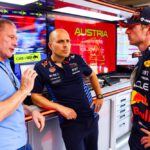
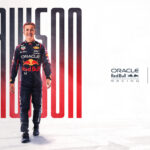
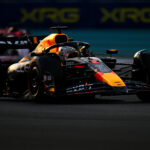
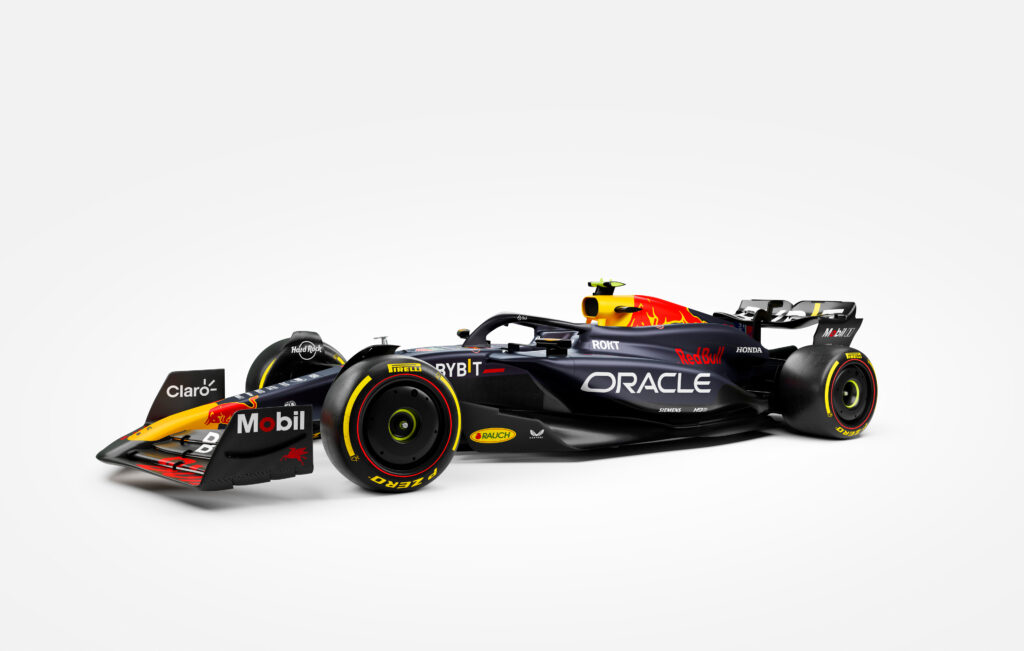
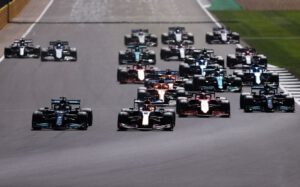

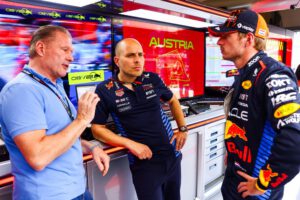
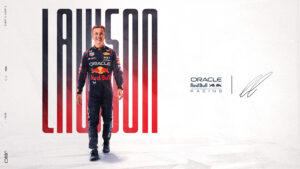
More Stories
Is Mercedes Sincere in Regretting Their Actions Towards Max Verstappen—or Just Concerned About Their Image?
Belgian Grand Prix Secures Its Future: Spa-Francorchamps to Stay on the F1 Calendar Until 2031
Jos Verstappen Clears the Air on the Gas Station Story